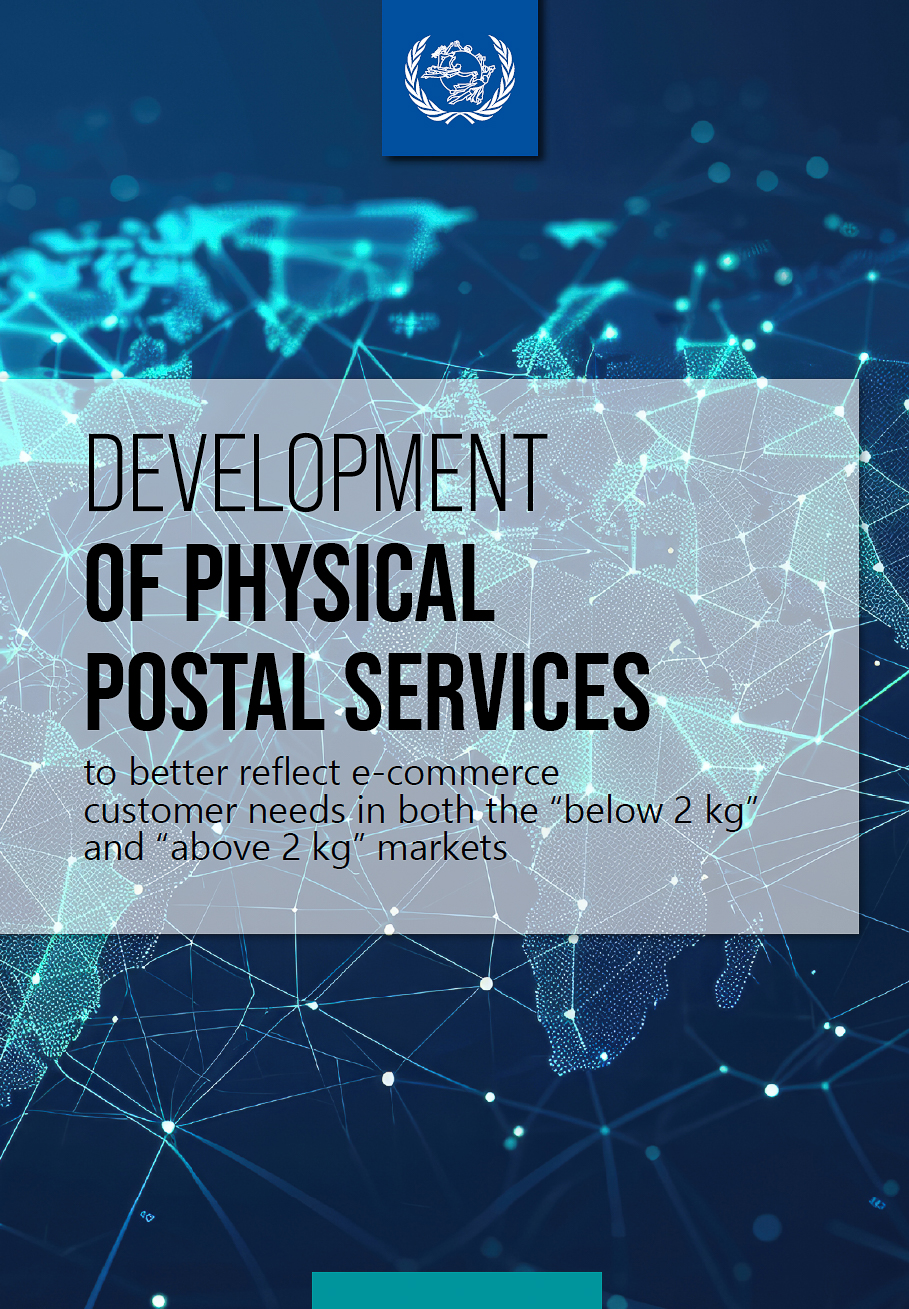The aim of this research was to understand factors influencing the use of postal products for e‑commerce shipments, distinguishing between weight categories above and below 2 kg. The study, based on 28 interviews, reveals outdated standards for postal parcels, especially in terms of weight, dimensions and remuneration rules. New-generation carriers are gaining market share with alternative last-mile delivery methods, such as lockers.
